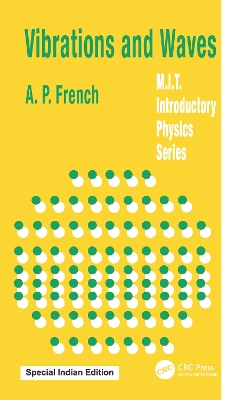MIT Introduction Physics S.
3 total works
The M.I.T. Introductory Physics Series is the result of a program of careful study, planning, and development that began in 1960. The Education Research Center at the Massachusetts Institute of Technology (formerly the Science Teaching Center) was established to study the process of instruction, aids thereto, and the learning process itself, with special reference to science teaching at the university level. Generous support from a number of foundations provided the means for assembling and maintaining an experienced staff to co-operate with members of the Institute's Physics Department in the examination, improvement, and development of physics curriculum materials for students planning careers in the sciences. After careful analysis of objectives and the problems involved, preliminary versions of textbooks were prepared, tested through classroom use at M.I.T. and other institutions, re-evaluated, rewritten, and tried again. Only then were the final manuscripts undertaken.
A rough guide to the possible use of the book is suggested by its division into three parts. Part I, The Approach to Newtonian Dynamics , is intended to serve two purposes. First, it does discuss the basic concepts of kinematics and dynamics, more or less from scratch. Second, it seeks to place the study of mechanics squarely in the context of the world of physical phenomena and of necessarily imperfect physical theories.
Part II, Classical Mechanics at Work, is undoubtedly the heart of the book. The initial emphasis is on Newton's second law applied to individual objects. Later, the emphasis shifts to systems of two or more particles, and to the conservation laws for momentum and energy. A fairly lengthy chapter is devoted to the subject that deserves pride of place in the whole Newtonian scheme-the theory of universal gravitation and its successes, which can still be appreciated as a pinnacle in man's attempts to discover order in the vast universe in which he finds himself.
Part III, Some Special Topics, concerns itself with the problems of noninertial frames, central-force motions, and rotational dynamics.

